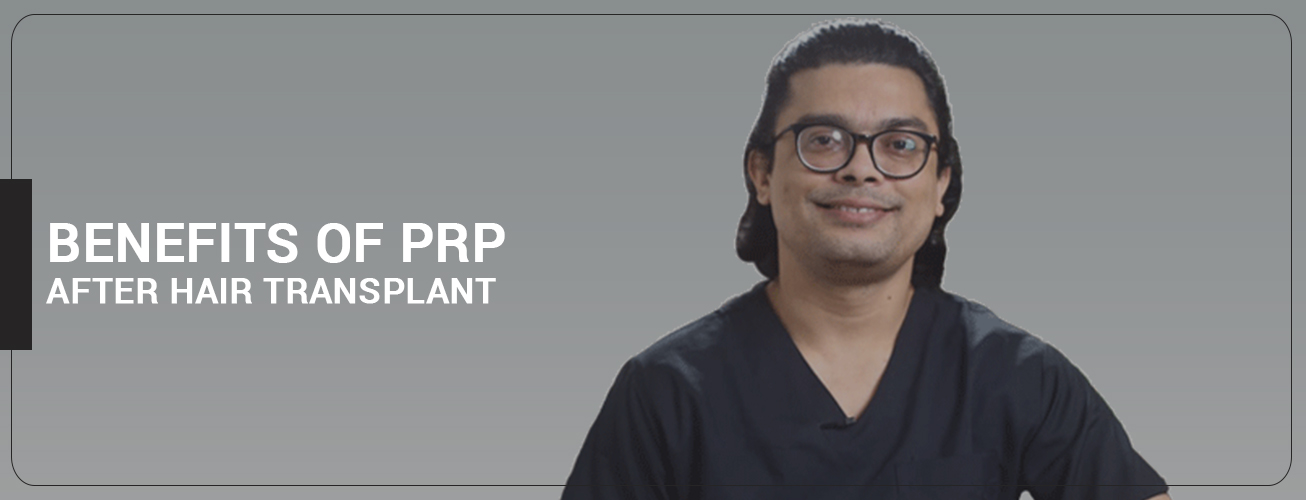
PRP stands for platelet-rich plasma. Platelet rich plasma (PRP) is concentrated blood plasma that contains approximately 3 to 5 times the number of platelets found in normal circulating blood. In this blog, we have discussed PRP after hair transplant, PRP for hair loss, PRP hair treatment success rate, and much more. Keep reading till the end.
It is concentrated blood plasma obtained after centrifuging of the blood of a patient freshly withdrawn which contains leukocytes, growth factors, platelets, and cytokines. It has been observed to help in hair loss prevention, wound healing, and soft tissue healing.
PRP treatment uses the patient's own blood to enrich the plasma . The substances present in plasma derived from PRP help in faster tissue growth, which helps in the recovery of hair transplants. There is minute surgical damage caused to the scalp due to slits or implantation . All of this is recovered much faster than usual with the help of PRP. It nourishes the hair follicles with the help of growth factors. As hair follicles are taken from the donor and implanted in the recipient area, it goes into a resting phase due to the break down of blood supply . It needs extra support from growth factors in this phase.
During the harvesting of the hair follicles from the donor area of the scalp and implantation into the recipient area, the follicles have a chance to be damaged in many ways.
Dehydration may occur if the donor follicle is not properly kept in hydration liquid between collection and transplantation. starvation of oxygen and nutrients due to withdrawal of blood from the blood supply during the period from collection to transplant. temperature and acid/base changes in the follicular environment.
The advantages of PRP after a hair transplant are as follows :
Many surgeons use PRP treatment during hair transplant surgery to store grafts to maintain the viability of grafts and also inject them into wounds to heal faster. It improves healing, minimises scarring and promotes maximum hair growth in the transplanted follicles.
With PRP, growth factors and platelets come into the scalp. This has a positive effect on the whole healing process. However, for the PRP treatment to be successful, it is extremely important to do it at the right time. The PRP treatment can be performed 10 days after a hair transplant without any problems. Further sessions should be scheduled for 1 month, 3 months, and 6 months later. A total of four treatment sessions is usually sufficient.
PRP is a good option to increase the success rate of hair transplantation. However, never forget that the procedures of the clinic where you have the hair transplant should be adapted to it. Treatment of post-surgical complications is more important than how the procedure is performed.
If anyone is unable to take PRP after a hair transplant, they will not only get the result, but they will also lose the benefits of PRP, which aid in hair growth.
PRP stands out as an innovative and advanced treatment. With this treatment, you can increase the success rate of hair transplantation Moreover, not only the newly transplanted grafts but also the condition of your existing hair will be positively affected. Your weak hair will become fuller and stronger.